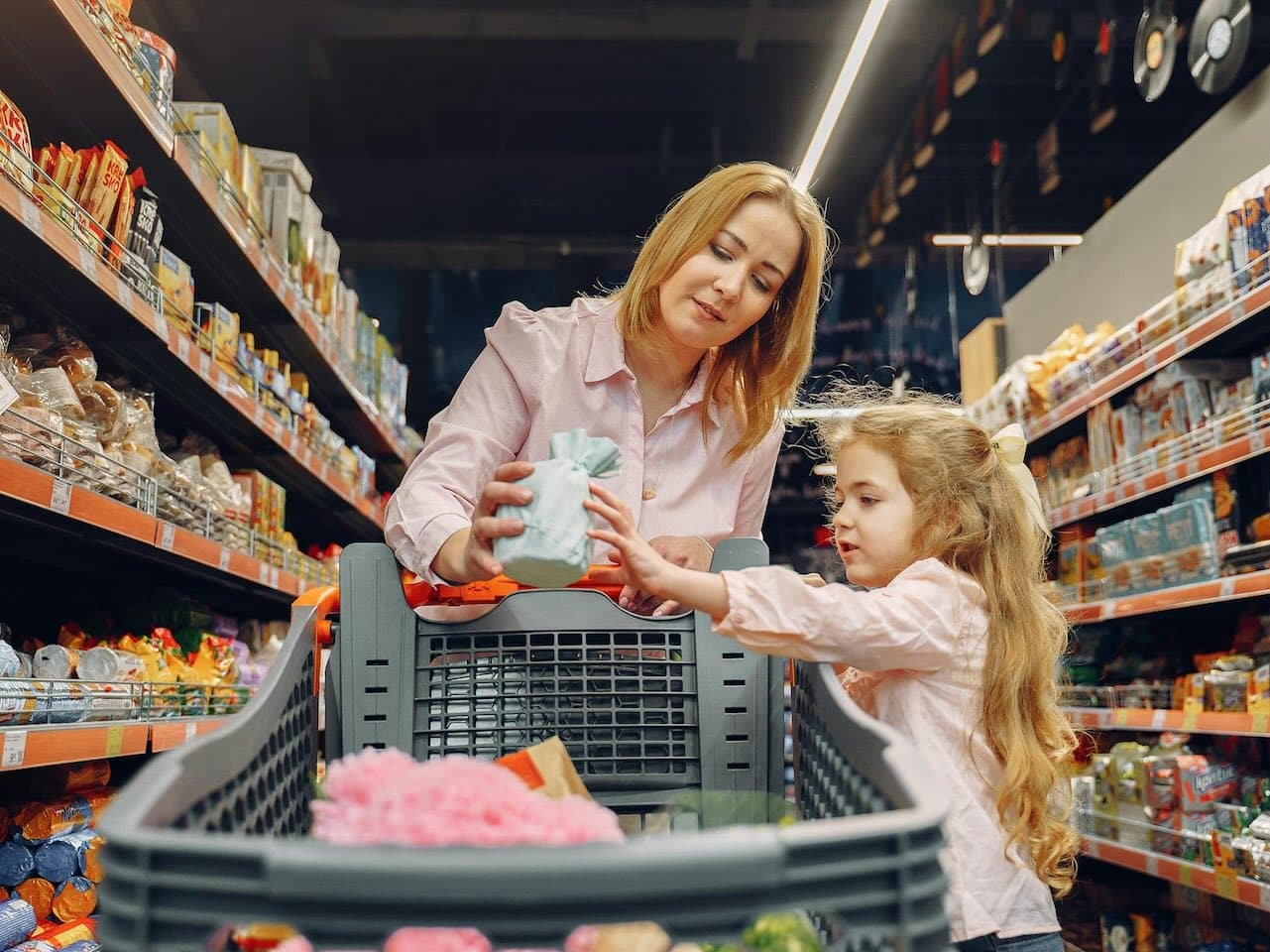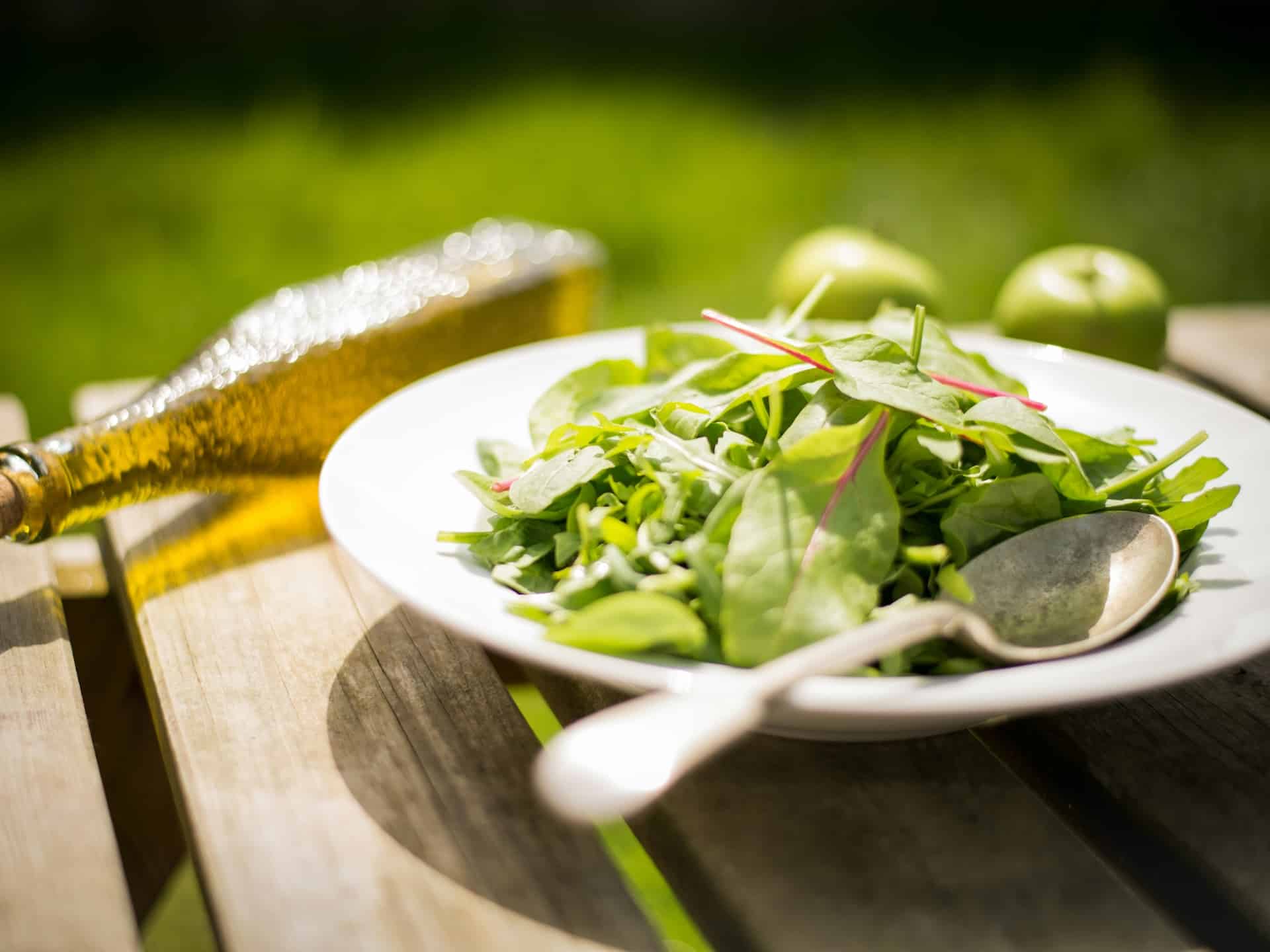
A century ago, if you bought fruit, vegetables, fish or milk in your nearest store, the chances are that it would have been produced near your home and in the preceding days. Globalization, improved transportation and more efficient preservation and packaging systems make it possible for us to eat almost anything at any time of the year. However, knowing the origin of food, that is, where that food was grown or prepared, allows us to make more sensible and sustainable decisions in everything that concerns our diet.
Labeling of origin, an obligation for all foods.
We citizens have the right to know what we eat. To do this, we need to know where the food we add to our shopping basket comes from and who has prepared or packaged it. This information is mandatory on the label and in a regulated format so that all manufacturers or distributors structure it in the same way.
The rules 1169/2011 lays the foundation for what is the Minimum food information that must be provided to the consumer. and how to do it. In its articles 9 and 26, establishes that it is mandatory to include on the labeling the origin or place of origin of the food in the following cases:
- Meat:
- Fresh, chilled or frozen pork, sheep, goats and poultry meat
- Beef and minced beef
- Fish (fresh, chilled, frozen, smoked, dried, salted or brined)
- Crustaceans (peeled or unpeeled, fresh, chilled, frozen, dried, cooked, salted or in brine)
- Mollusks (fresh, chilled, frozen, dried, salted or in brine)
- algae
- eggs
- Honey
- Milk and dairy products in accordance with Royal Decree 2018/1181.
- Came
- Extra virgin olive oil and virgin olive oil
- Potatoes
- Fresh fruits and vegetables
- Some preserves:
- Canned white asparagus
- Canned sardine-type product
- Preserved mussels, clams and cockles (only for imported products).
- In products that, due to branding, images or any element, can make the consumer think that their origin is different from the real origin of the food. For example, a product made in Germany with an Italian flag on the label must indicate that the product was produced in Germany.
- In all differentiated quality foodsthat is, those with Protected Designation of Origin (DOP), Protected Geographical Indication (PGI) or Traditional Specialties Guaranteed (TSG).
Currently, there is a discussion at the European level about the incorporation of origin in a greater range of foods, and for now, it remains on hold.
The exceptional case of milk
In the case of milk and its derivatives, the Royal Decree 1181/2018, comes to answer one of the big questions of consumers: Where does the milk in my brick or yogurt come from? For the avoidance of doubt, the standard requires specifying the country of milking (where the cow is) and the country of processing (where the yogurt is made or the milk is packaged). If both places coincide, it can be simplified with an ‘Origin of the milk’ and then the place where the milk has been milked and processed. This way, if it has been ordered and packaged in Spain, you can only say ‘Origin Spain’.
If the milk comes from an EU country, or has been processed in one of those member countries, it will be recorded as EU. That is, if the milk comes from France or Portugal it will appear as EU. If you come from a country outside the EU, it will be recorded as ‘outside the EU’.
What you need to know about the origin of meat and poultry
In the specific case of beef, pork, goats and poultry, Claudia Garciaresponsible for food quality at ALDI, points out that «according to Royal Decree 1698/2003 for beef and 1169/2011 in its annex to the product.”
Labeling on foods of Spanish origin, what is it for?
In this case the objective is consume those who have traveled fewer kilometers until reaching the point of sale and, therefore, generate a lower carbon footprint. Other times it is about emotional motivations, such as wanting. support the local economy supporting the producers of the region where one resides. Knowing the origin of the products gives transparency and provides information to customers so they can decide your purchase more consciously.
Origin and other information that the label gives us
The standard only requires indicating the country where a food has been grown, raised (only mandatory in those products where the origin must be indicated), fish or manufactured. It is not necessary to add the specific city, the region, or the autonomous community. This information, however, can be “optionally added,” says Claudia García. In other words, the label can tell us that some tomatoes are from Spain or that, in addition, they have been produced in Murcia, Madrid or Alicante, to name three examples.
Geographic identity stamps, what do they mean?
Some geographic areas have achieved a level of specialization and excellent quality in the production of certain products. This is the case of nougat in Jijona and Alicante, the Cantabrian sobaos pasiegos or the sobrasada of Mallorca. To protect and value them in relation to their origin, the European Union provides three differentiated quality seals: the Protected Designation of Origin (DOP), the Protected Geographical Indication (PGI) and Traditional Specialty Guaranteed (TSG).
“These seals protect a certain product against any usurpation or imitation of the registered name and guarantee the true origin of the product for its consumers,” he points out. Claudia Garcia. To obtain this seal, it is not enough for it to be grown, raised or produced in a specific region. Each product must also comply with certain strict requirements. These may include the obligation to be made in a certain way, with quality standards or with a minimum percentage of certain ingredients.
The belonging of the product to this special regime “is reflected in a stamp that must be on the label“mandatory for agricultural products and optional for wines.”
Protected Geographical Indication (PGI)
indicates that at least one of the production, transformation or processing phases must take place in that region. In the case of wines, it means that at least 85% of the grapes used must come exclusively from the geographical area in which the wine is actually made.
Protected Designation of Origin (DOP)
In this case, All stages of the production, transformation and preparation process must take place in the specific region. In wines it means that the grapes must come exclusively from the geographical area in which the wine is made.
Traditional Specialty Guaranteed (ETG).
These foods are produced, transformed or composed according to the traditional practice applicable to that food, or with raw materials or ingredients commonly used. Serrano ham or farm milk belong to this group.

How can I know the origin of bulk fruits and vegetables?
Whether we go to the market or buy in a supermarket, there is an option to buy fruits and vegetables in bulk. All foods that are included in this category of bulk products (apples, oranges, potatoes, green beans…) “must meet the Same labeling requirements as products marketed with packaging”.
In general, the labeling that accompanies fruits and vegetables provides us with a lot of information about their origin, variety, size and other information that may be of interest to us (and is mandatory information in most cases):
- he name, company name or name of the packer and/or the consignor or the seller (we imagine the following names, all of them fictitious: Frutas Hermanos Almanzor, Naranjas Marisa, Fresas Hermanos Dalton, Cooperativa La Niña Bonita…).
- Nature of the product. Here the denomination must be indicated as appropriate, that is, the name of the variety and the specific sales denomination when the content cannot be seen (Golden apple, plum tomato, toad skin melon…).
- Product origin. Country of origin and, optionally, regional or local production area or national denomination (Palos strawberries, Moroccan asparagus, Murcia peppers…).
- Business Features. Category, net weight, lot and caliber.
- If it has undergone any treatment (that is, any pesticides that may have been used).
- If it is from ecological production.
- Optionally, the recommended culinary use, the color of the skin, the meat or other particular production circumstances can be added.
- Others specific to the agricultural product being treated.
All this information must be included in a document that accompanies the merchandise, visibly attached to its transport or packaging. “If when the product is put on sale, the product is removed from its boxes or packaging, retailers must place the indications regarding the nature, origin and commercial characteristics of the product on a clearly visible sign at the point of sale“the part of the exhibited merchandise being representative of the lot as a whole.”
Origin of packaged fruits and vegetables
If the product is packaged, all this information is usually printed on the label.
Will knowing how to read the labeling of origin help us have a healthier diet?
Dietitians-nutritionists insist on the convenience of prioritizing fresh and seasonal products over processed ones. Doing this throughout the 12 months of the year facilitates a more varied diet, allows us to rationalize production and reduce the carbon footprint of our diet. For example, if oranges are autumn-winter fruits and we find them in summer, we know that they come from the Southern Hemisphere. The opposite happens with melons and watermelons.
To find out if a certain food is in season, we can consult, among others, these official pages:
Now, eat seasonal or Km 0 products It does not mean that that food has more vitamins, more minerals or better flavor. These characteristics will depend, among others, on the degree of maturation, its conservation and the variety in question. Even the meteorological characteristics of that year (if it rains a lot, as happened in 2023, the pillory plants grow too much because they have a lot of water and many arrive on the market large and somewhat soft).
We can take this as a ‘seasonal flavor challenge’: trying the different varieties of a product, each with its organoleptic differences, to determine which one we like best. This way we can boast of truly eating a healthy, varied and sustainable diet.
The ALDI Council
Did you know that some brands are already beginning to incorporate QR codes or other labeling systems, such as NaviLens, to provide nutritional information to people with visual diversity?
claudia garcia. Agricultural technical engineer and food technologist. She is responsible for Quality at ALDI Central Purchasing (Spain). She has previously worked as a logistics process technician and as corporate manager of Fresh Product Quality at Caprabo-Eroski. She has been responsible for Quality at Comertel and a consultant at the Catalan Institute of Technology (Unitat d’Assessorament).







